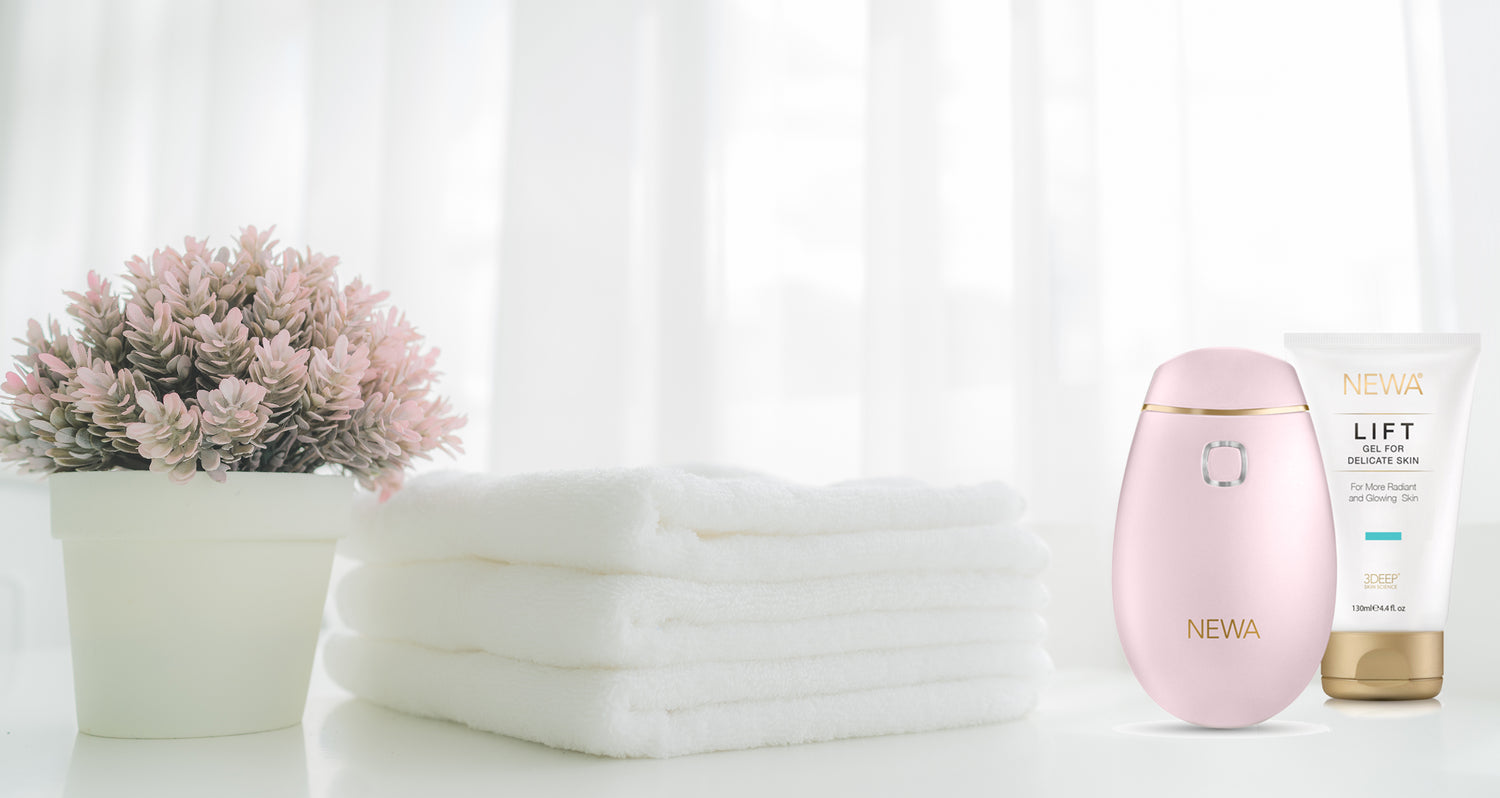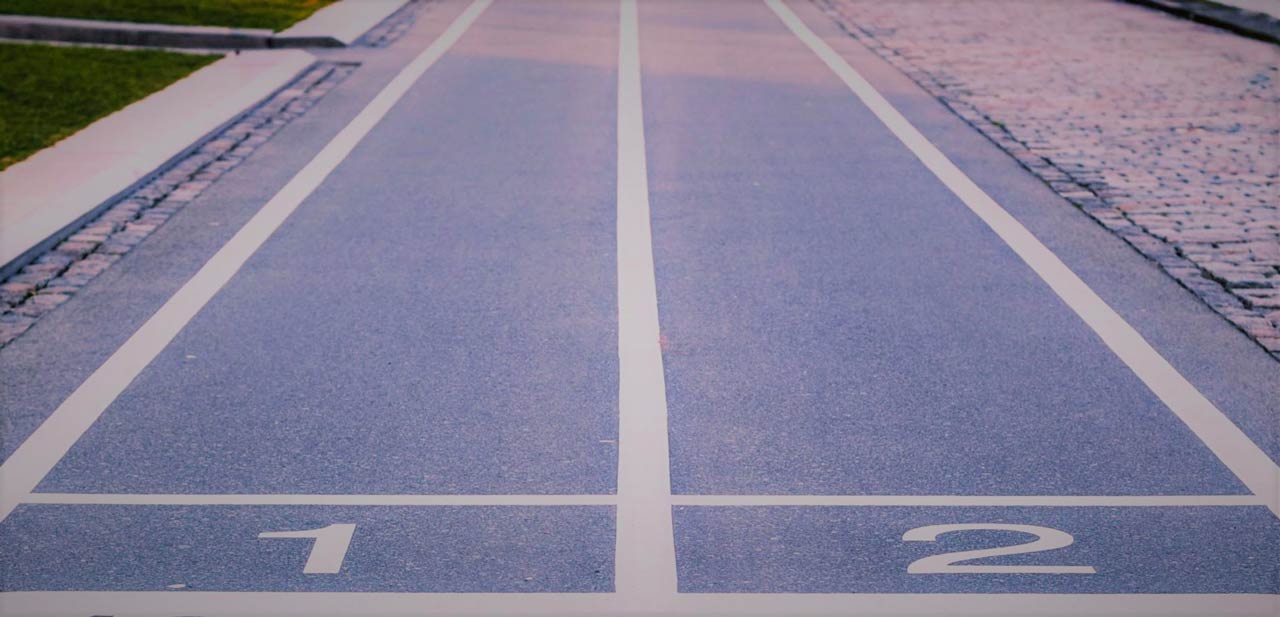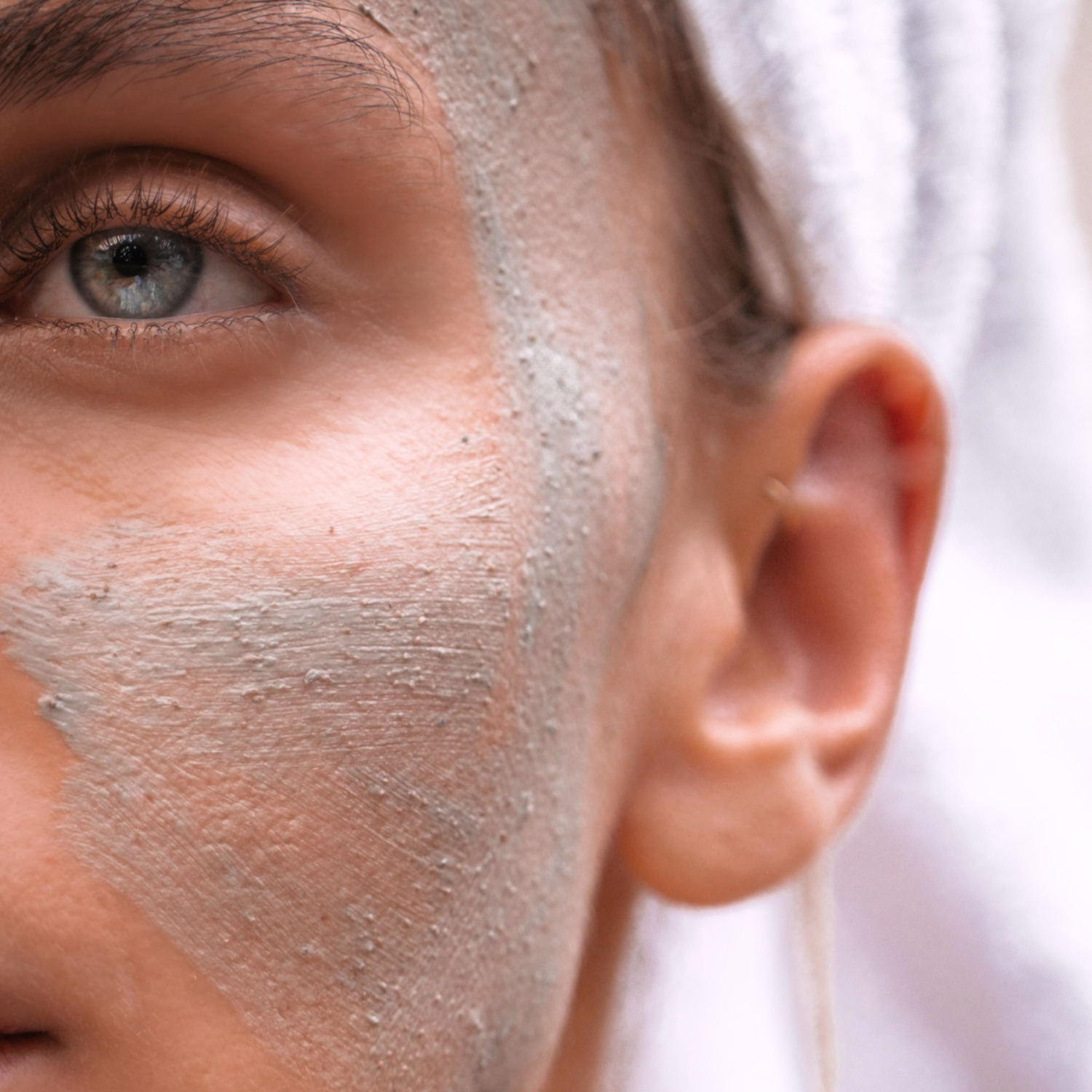Today we’ll be covering a frequent topic, whether you can combine NEWA radio frequency with LED devices.
Wondering what LED devices are and how they work? For the purposes of this article, we will only be covering the wavelengths with evidence behind them - red, blue, and near infrared. And while red light therapy especially has potential benefits for the body too, we will be focusing on skin today as well.
How Does It Work?
LED light therapy is also referred to as photobiomodulation (PBM), these devices use low level light at a specific irradiance (output) and wavelength that offer benefits for skin and other tissues. This is different from lasers which use a much higher output and create controlled injury to the skin.
Our skin has photoreceptors - just like our eyes - and their outer segment houses discs with photopigment inside. They’re made up of two parts - a chromophore and an attached protein called an opsin - and are responsible for absorbing photons (light energy).
When the photons are absorbed, this triggers the reactions and cell processes that are ultimately responsible for the benefits of PBM.
Wavelengths
Red light therapy and NIR (Near Infrared) offer similar benefits and are mainly used for anti aging purposes and wound healing. Blue light, on the other hand, is great for acne due to its antimicrobial benefits.
Red light therapy with Radio Frequency
Red light therapy and near infrared have anti aging and anti inflammatory effects on the skin but does it complement your NEWA treatments?
The answer is yes, you can absolutely use them together!
How does RF works
Radio frequency skin tightening works by heating the deeper skin layer, known as the Dermis. This heat triggers skin remodeling and natural production of collagen and elastin, two proteins responsible for tightening the skin and keeping it from sagging.NEWA RF has been shown to increase collagen by almost 4% in 3 months – that’s about 4 years worth of loss, since we lose some 1% of it every year after our mid 20s. Consistent treatments following our protocols have been shown to make skin thicker, firmer, and more elastic - while reducing wrinkle depth and improving skin radiance.
We know many of you use an array of at-home devices and tools. You may be asking yourself what is the difference between radio frequency and microcurrent or LED lights and whether you can combine them. We have great news: you can use your NEWA RF wrinkle reduction device in combination with LED light therapy, especially Red light therapy, to enhance your results.
Led Light Therapy and RF: Benefits
As we’ve already covered, Red Light therapy has anti-inflammatory and wound healing effects. This means that used with NEWA, you could potentially help with the healing and skin remodeling after your RF treatments. On the flip side, LED light therapy tends to achieve more subtle results and works slowly over time. So if you are using a LED device only, NEWA can enhance results significantly.
Many of the popular treatments used at home - like derma rolling or at-home laser - work via micro trauma too. Used with radio frequency, they often offer what your NEWA is already doing but either less effectively or with more discomfort.
LED is a great combination with NEWA RF because it’s not creating too much irritation or inflammation and complements the treatment.
How to Use Together
We recommend either alternating nights or using the LED device (mask, panel, or lamp) after NEWA.
If using the same day, follow these steps:
- Cleanse skin with a gentle, oil free cleanser
- Apply your NEWA gel
- Perform the radio frequency treatment with your NEWA. Remove gel thoroughly
- Use your LED device
- Continue with your regular skincare routine
Final words
In short, different skin tightening devices can work together to give you enhanced results, if used correctly together. In the case of LED light therapy with the NEWA RF wrinkle reduction device, the combination can do wonders for your skin giving it a lift, less visible wrinkles and remodeling it after treatments. Try it out!
Sources used in the article:
ncbi.nlm.nih.govsciencedirect.com
my.clevelandclinic.org
drfurze.com




